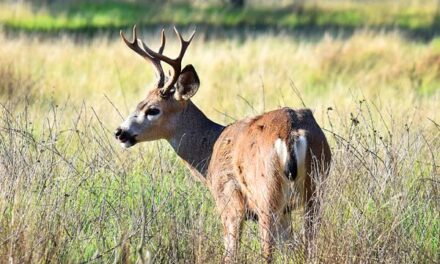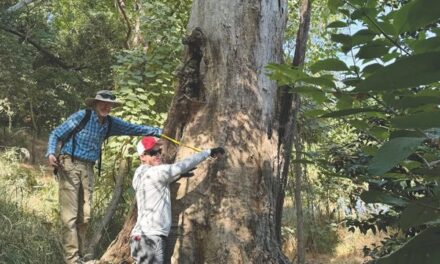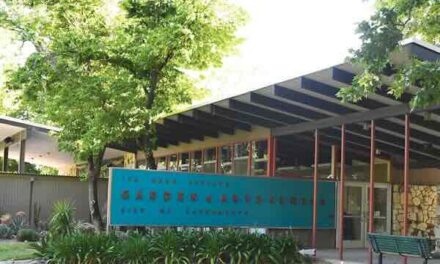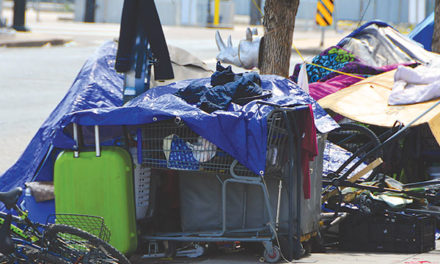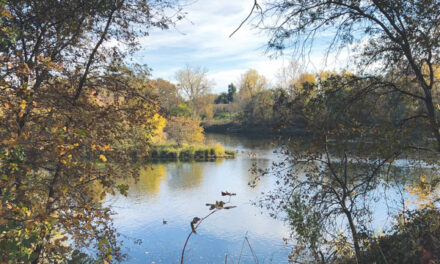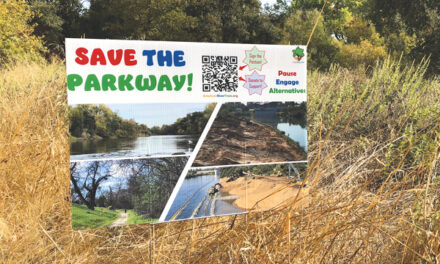North American river otters forage, hunt and play along the lower American River. Coyotes trot along the biking and hiking paths. Western pond turtles sunbathe on logs.
Mule deer seek camouflage in meadows of sedge grass and willow trees. Wood ducks nest and hide in wooden groves.
Fox, jackrabbits, muskrats, opossums, raccoons, beavers and skunks find refuge. Hawks, eagles, egrets, herons, owls and cormorants are among the more than 200 bird species.
The parkway’s “river-rich basin, coupled with marshes teeming with life, provides vital habitat for hundreds of birds, mammals, amphibians, reptiles and fish,” reports the California Department of Fish and Wildlife.
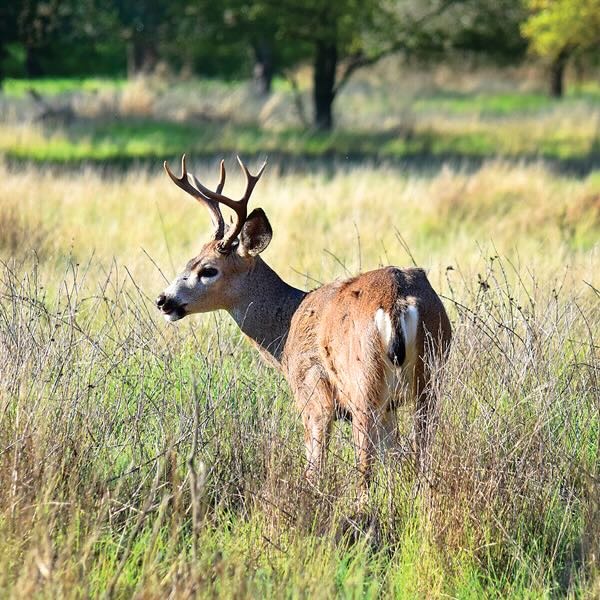
This fall, when the U.S. Army Corps of Engineers begins clearing miles of riparian forest and grassland, where will the animals go?
Contract 3B is part of the Army Corps’ erosion-control plan to protect neighborhoods from floods. The work extends several miles on both sides of the American River, from Howe Avenue to east of Watt Avenue.
“Our area has coyotes, bobcats and even large birds of prey that will significantly and tragically suffer if the amount of habitat that Contract 3B promises to remove is lost,” environmental scientist Candice Heinz says.
Wild animal sightings increased in River Park when the Army Corps’ erosion-control work at Paradise Beach in 2022 left the riverbanks barren. Habitat destruction can be seen from the H Street bridge at Campus Commons and Sacramento State.
“When that first slash-and-burn occurred, it was the rabbits,” says River Park resident Laura-Lynne Powell, who walks her dog along the parkway. “You saw rabbits everywhere,” being chased by off-leash dogs. “They didn’t have anywhere to go.”
Neighbors on the River Park social media page posted reports of rattlesnakes looking for refuge in backyards along the levee.
Army Corps construction continues today near Glenn Hall Park, where Powell spotted a bobcat yards from a playground, swimming pool and soccer field. “Look at what happened to our riparian forest,” she says. “No wonder I ran into a bobcat.”
Neighbors report dogs attacked and injured by coyotes and a spike in domestic cat kills. “There is so little space, the wildlife are behaving strangely,” Powell says. “There have always been coyotes there, but now they have nowhere to go.”
East Sacramento neighbors Shannon Ross and Sharon Kilgore cite an increase in skunk activity. “We never had skunks before. Now we are loaded with them,” Kilgore says.
“Last year, after Ross’ small dog was sprayed three times, she hired a professional to solve the problem. “We trapped 13 skunks,” she says.
This year, Ross experienced “aggressive damage” to newly installed landscaping in her in front and back yards. “Ripping plants out. Digging holes. Definitely not a dog,” she says. “I have lived here since 2004 and it’s never been like this.”
Heinz says, “It is common sense that the loss of habitat is connected to these occurrences.
Large animals impacted by habitat loss will naturally be driven into human populations where they could hope to find food resources that have been otherwise depleted.”
The Army Corps says, “Unfortunately, wildlife is often displaced as a result of vegetation removal in advance of construction activities.”
The Corps expects wildlife to move to adjacent habitats upstream and downstream of construction.
Who will tell the coyotes, bobcats, rattlesnakes and skunks to move along the river and not into neighborhoods?
Not the Army Corps.
American River Trees, Save the American River Association and Center for Biological Diversity filed a lawsuit against the Army Corps, U.S. National Park Service and Central Valley Flood Protection Board to stop unnecessary damage to the parkway. For information, visit americanrivertrees.com. For information on the Army Corps, visit spk.usace.army.mil.
Cathryn Rakich can be reached at cathrynrakich@gmail.com. Follow us on Facebook and Instagram: @insidesacramento.




